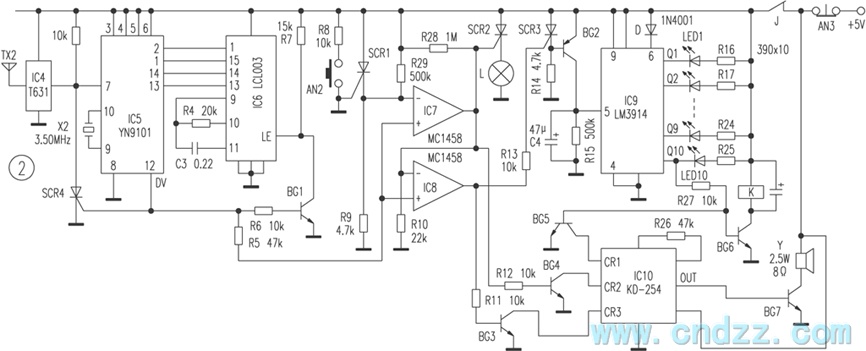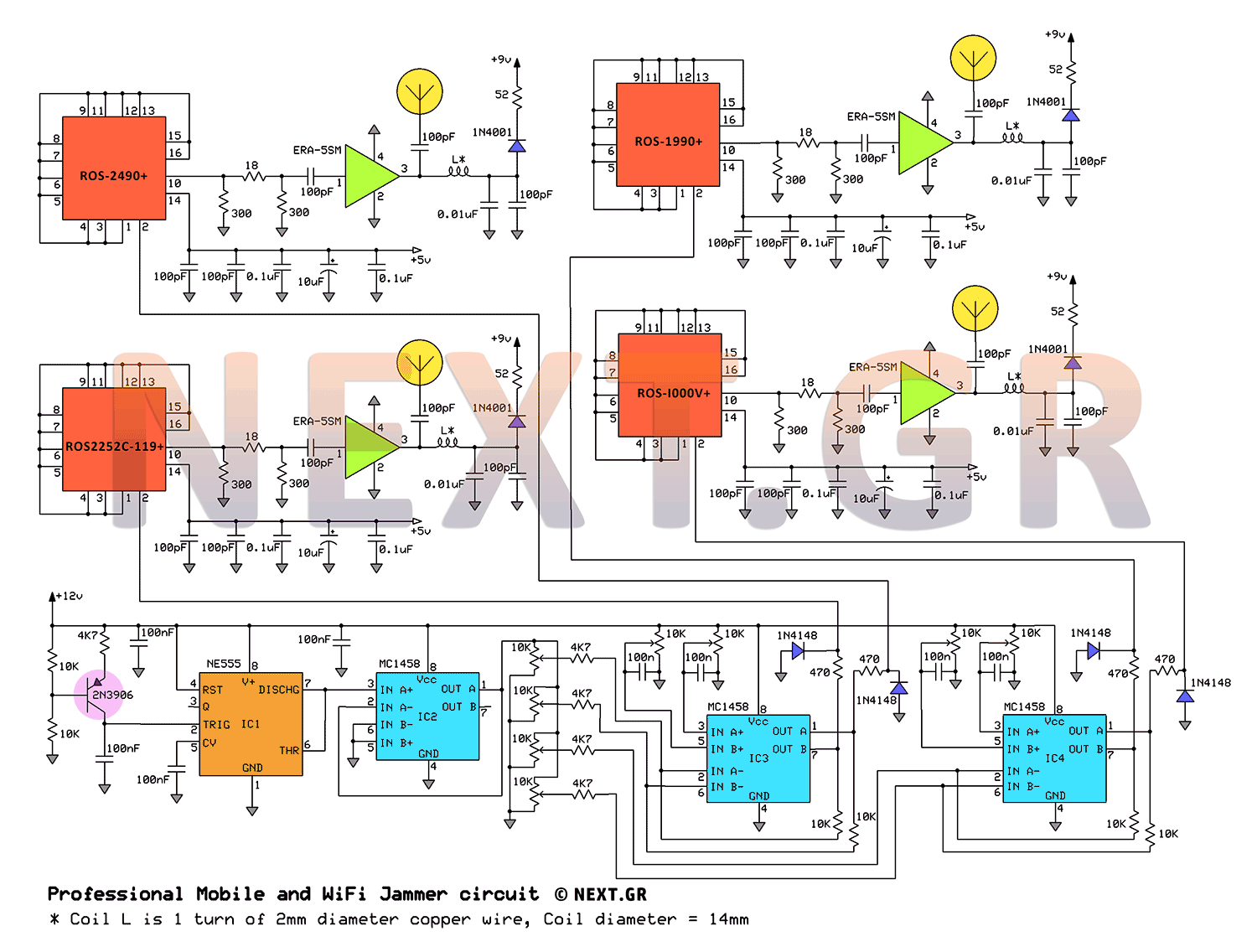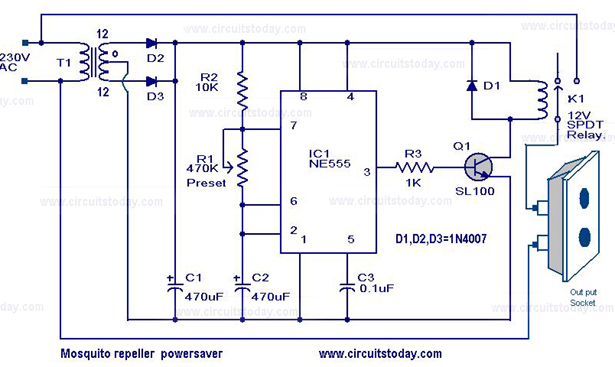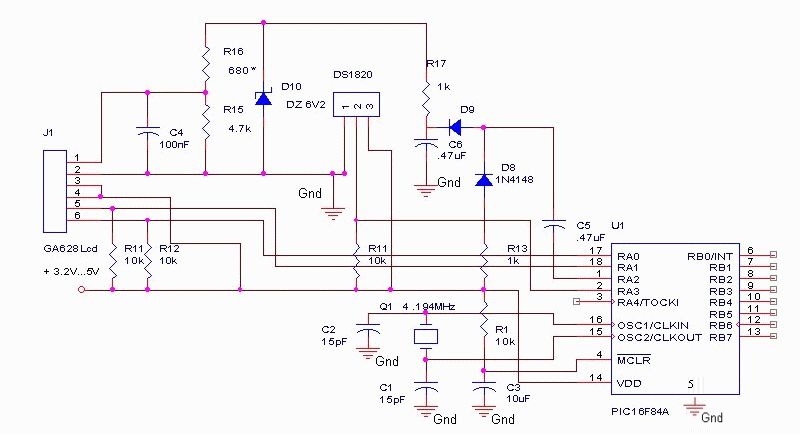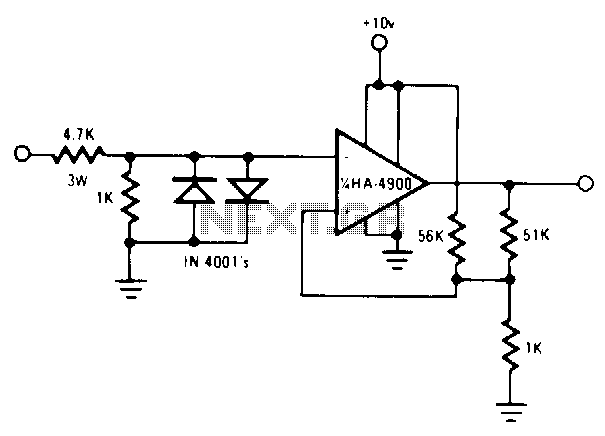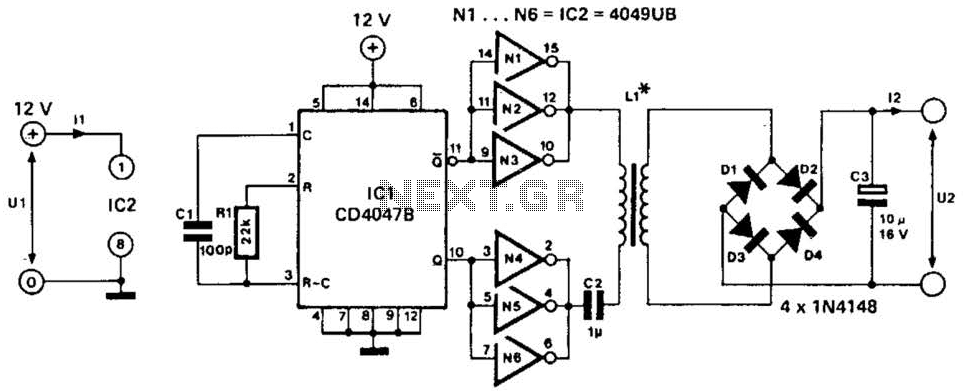
FGDF-3 three-phase low-temperature iron plating main circuit
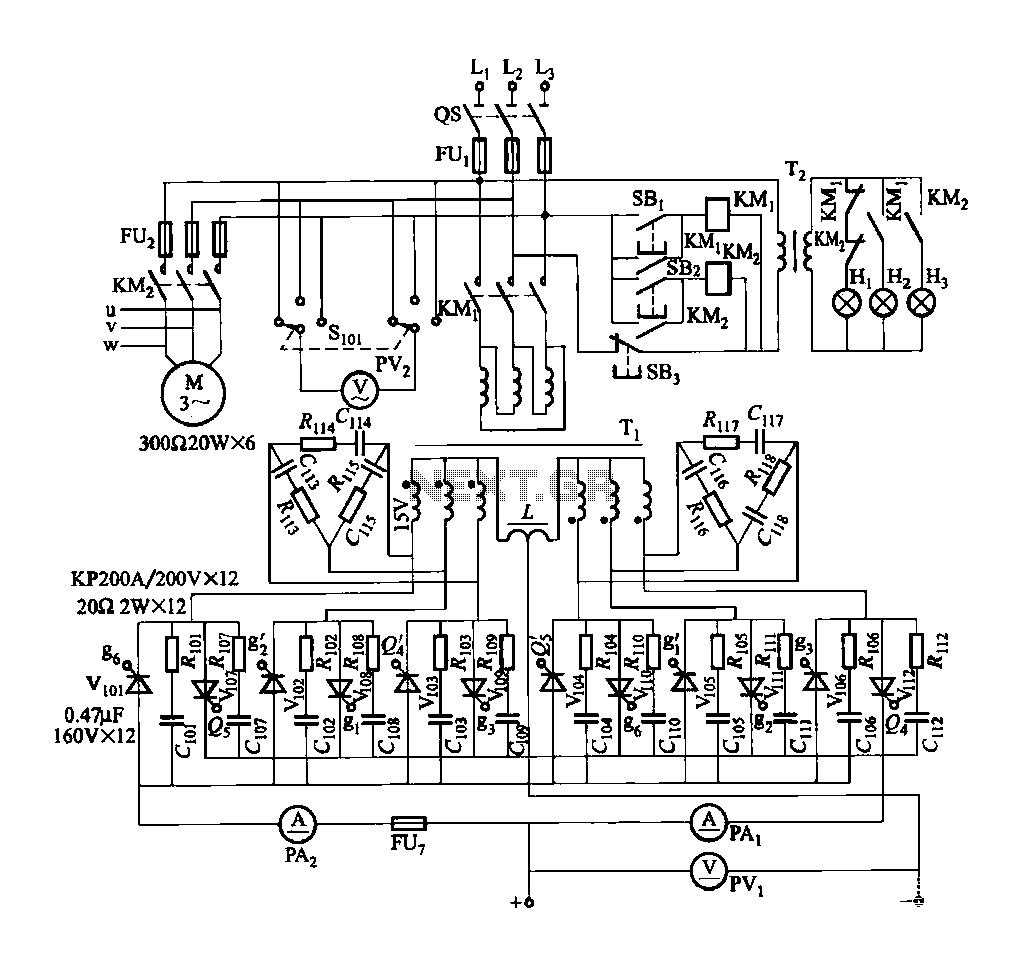
FGDF-3 is a three-phase low-temperature iron plating main circuit, while the KGDF-3 represents a low-temperature iron plating power supply device that includes characteristics of a single-phase low-temperature iron plating power supply. This device utilizes a three-phase power grid to ensure an even load distribution. The technical parameters of the power supply unit include: AC input voltage of three-phase 380V at 50Hz, DC output voltage with positive DC adjustable from -16V, and reverse DC adjustable from 0 to 16V. The rated output current specifications are as follows: AC symmetry output disabilities of 50A, Chi flow asymmetry output ranging from 0 to 500A, reversed polarity DC output from 0 to +100A, positive DC from 0 to +100A, and reverse DC up to -1000A. Forward time control is adjustable from 1 to 30 seconds (1 to 22 seconds), while reverse time control ranges from 0.5 to 2 seconds (0.5 to 1 second). The adjustable brackets exceed the actual number.
The FGDF-3 three-phase low-temperature iron plating circuit is designed to facilitate efficient plating processes by utilizing a balanced three-phase power supply. This configuration minimizes current fluctuations and enhances the stability of the plating operation. The device's AC input of 380V at 50Hz is standard for industrial applications, ensuring compatibility with existing electrical infrastructure.
The power supply unit's DC outputs are particularly notable for their versatility. The positive DC output, adjustable to -16V, allows for precise control over the plating process, while the reverse DC capabilities provide flexibility in managing the plating environment. The ability to adjust the reverse DC from 0V to 16V enables operators to fine-tune the plating conditions for different materials or desired outcomes.
Current ratings are critical for ensuring the efficacy of the plating process. The AC symmetry output of 50A ensures that the power supply can handle standard operational loads without overheating or failure. The Chi flow asymmetry output, which allows for a range from 0 to 500A, provides additional flexibility for high-demand applications. Furthermore, the reversed polarity capability for both DC outputs allows for dynamic control over the electrochemical processes involved in plating.
Time control settings are essential for achieving the desired plating thickness and quality. The forward time control adjustable from 1 to 30 seconds allows for extended plating periods, while the reverse time control of 0.5 to 2 seconds enables quick adjustments to the plating cycle, which can be crucial in high-speed production environments.
Overall, the FGDF-3 and KGDF-3 devices represent advanced solutions for low-temperature iron plating, combining robust electrical specifications with user-friendly adjustments to meet various industrial requirements.FGDF-3 three-phase low-temperature iron plating main circuit KGDF-3 low-temperature iron plating power supply device having a single-phase low-temperature iron plating all the characteristics of the power supply device. In addition, the use of three-phase power grid load evenly. Technical parameters of the power supply unit: AC input voltage, three-phase 380V, 50Hz: DC output voltage, positive DC -16V (continuously adjustable), reverse DC 0 ~ 16V (adjustable); rated output current, AC symmetry output disabilities 50A, Chi flow asymmetry output 0 ~ 500A, reversed polarity DC output O ~ + lOOOA, positive DC O- + lOOOA, reverse DC ~ -1000A, forward time control 1 ~ 30s (1 ~ 22s) reverse time control 0.5-2s (0. 5-ls). Adjustable brackets above the actual number.
The FGDF-3 three-phase low-temperature iron plating circuit is designed to facilitate efficient plating processes by utilizing a balanced three-phase power supply. This configuration minimizes current fluctuations and enhances the stability of the plating operation. The device's AC input of 380V at 50Hz is standard for industrial applications, ensuring compatibility with existing electrical infrastructure.
The power supply unit's DC outputs are particularly notable for their versatility. The positive DC output, adjustable to -16V, allows for precise control over the plating process, while the reverse DC capabilities provide flexibility in managing the plating environment. The ability to adjust the reverse DC from 0V to 16V enables operators to fine-tune the plating conditions for different materials or desired outcomes.
Current ratings are critical for ensuring the efficacy of the plating process. The AC symmetry output of 50A ensures that the power supply can handle standard operational loads without overheating or failure. The Chi flow asymmetry output, which allows for a range from 0 to 500A, provides additional flexibility for high-demand applications. Furthermore, the reversed polarity capability for both DC outputs allows for dynamic control over the electrochemical processes involved in plating.
Time control settings are essential for achieving the desired plating thickness and quality. The forward time control adjustable from 1 to 30 seconds allows for extended plating periods, while the reverse time control of 0.5 to 2 seconds enables quick adjustments to the plating cycle, which can be crucial in high-speed production environments.
Overall, the FGDF-3 and KGDF-3 devices represent advanced solutions for low-temperature iron plating, combining robust electrical specifications with user-friendly adjustments to meet various industrial requirements.FGDF-3 three-phase low-temperature iron plating main circuit KGDF-3 low-temperature iron plating power supply device having a single-phase low-temperature iron plating all the characteristics of the power supply device. In addition, the use of three-phase power grid load evenly. Technical parameters of the power supply unit: AC input voltage, three-phase 380V, 50Hz: DC output voltage, positive DC -16V (continuously adjustable), reverse DC 0 ~ 16V (adjustable); rated output current, AC symmetry output disabilities 50A, Chi flow asymmetry output 0 ~ 500A, reversed polarity DC output O ~ + lOOOA, positive DC O- + lOOOA, reverse DC ~ -1000A, forward time control 1 ~ 30s (1 ~ 22s) reverse time control 0.5-2s (0. 5-ls). Adjustable brackets above the actual number.
Warning: include(partials/cookie-banner.php): Failed to open stream: Permission denied in /var/www/html/nextgr/view-circuit.php on line 713
Warning: include(): Failed opening 'partials/cookie-banner.php' for inclusion (include_path='.:/usr/share/php') in /var/www/html/nextgr/view-circuit.php on line 713
